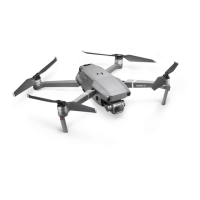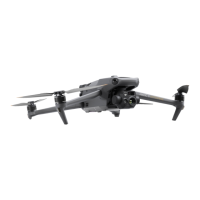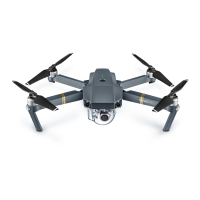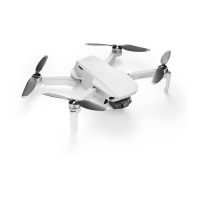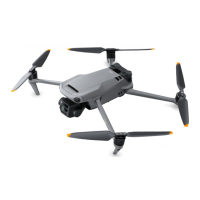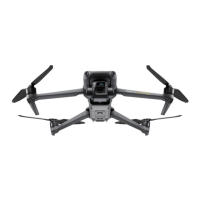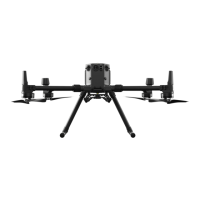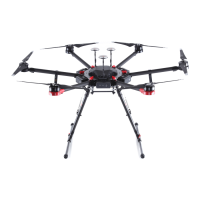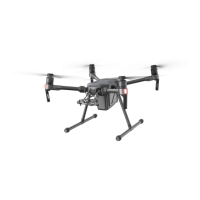18
Flight Modes, Functions and Warnings
Flight Modes
To avoid serious injury and property damage, observe the following rule:
1. DO NOT switch from P-mode to S-mode unless you are sufciently
familiar with the aircraft’s behavior for each ight mode, since
disabling GPS may result in being unable to land the aircraft safely.
P-mode or S-mode is preferred for most ight scenarios. When ying in Atti
mode, take EXTRA precautions because some features are NOT available
in A-mode.
1. P-mode (Positioning): P-mode works best when the GPS signal is
strong. The aircraft utilizes the GPS and Obstacle Sensing System to
automatically stabilize itself, navigate between obstacles or track a
moving object. Advanced features such as TapFly and ActiveTrack are
enabled in this mode.
2. S-mode (Sports): S-mode is identical to P-mode in terms of GPS
settings, however, the Obstacle Sensing System is disabled in S-mode.
In addition, handling gain values of the aircraft are adjusted in order to
enhance the maneuverability of the aircraft.
The aircraft will automatically switch to Atti mode when GPS signal is
week and the lighting condition does not meet with the requirement of
the Obstacle Sensing System. The aircraft will only be able to stabilize its
attitude by using its in Atti mode and Intelligent Flight features are disabled.
Failsafe and Return-to-Home
1. The Return-to-Home feature will NOT work if the GPS signal is insufcient
or if GPS is not active.
2. Press the RTH (Return-to-Home) Button on the remote controller to bring
the aircraft back to the Home Point instead of turning off the remote
controller.
3. Tall buildings may adversely affect the Failsafe function. Please adjust
the aircraft location, altitude and speed while returning home to avoid
obstacles.
4. Make sure to always y the aircraft within the transmission range of the
remote controller.
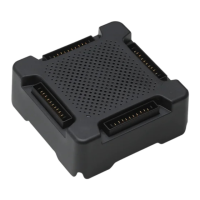
